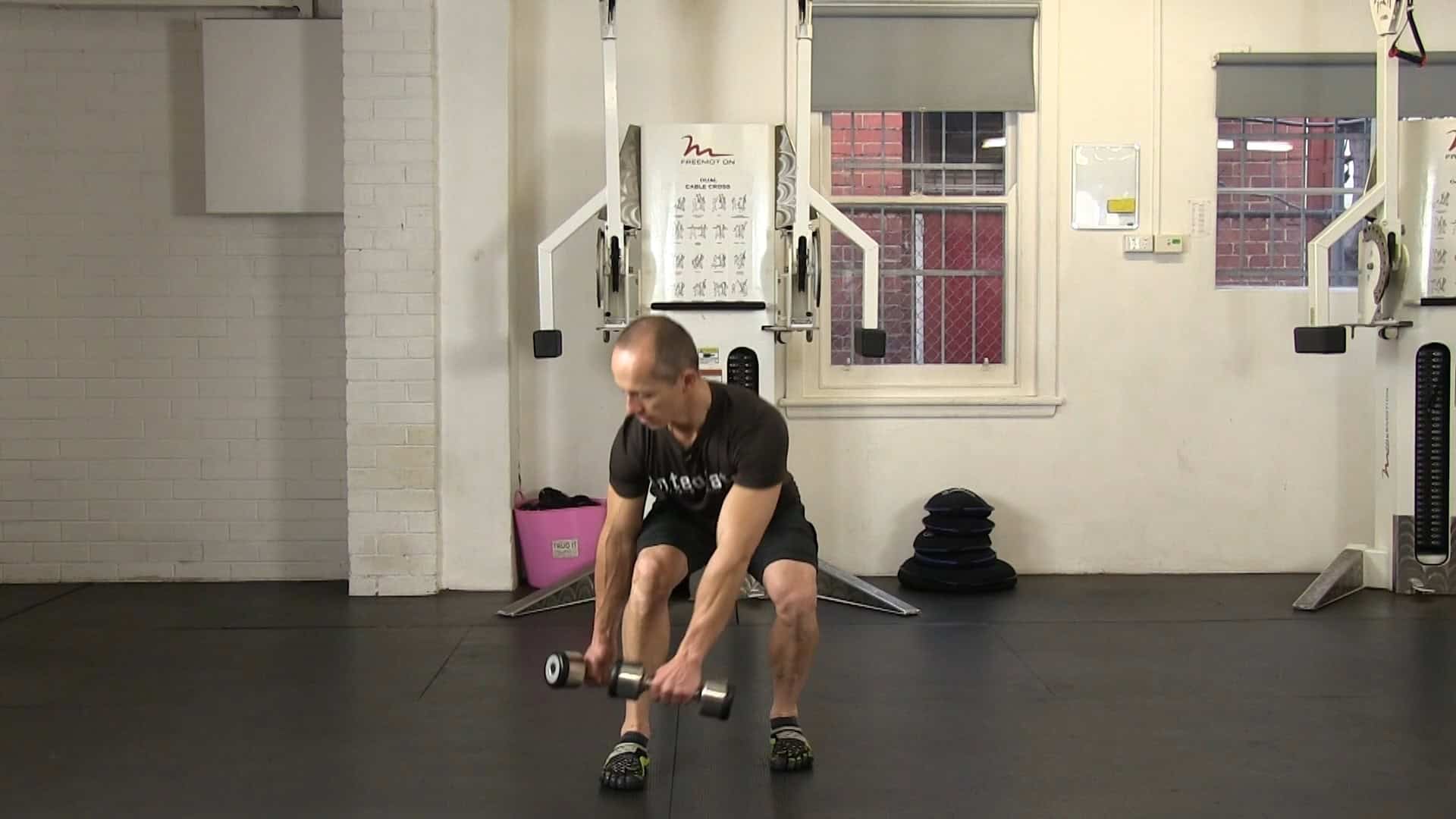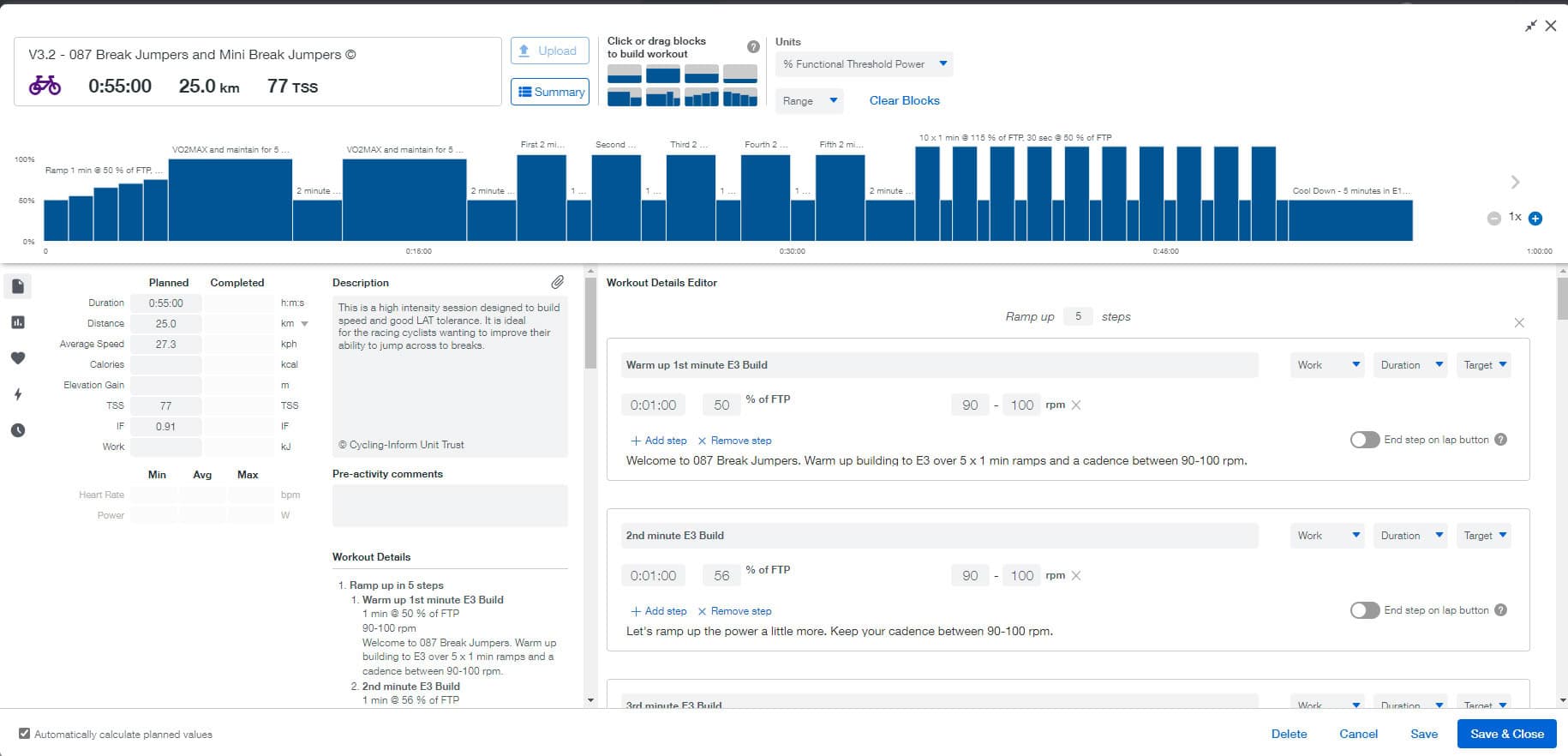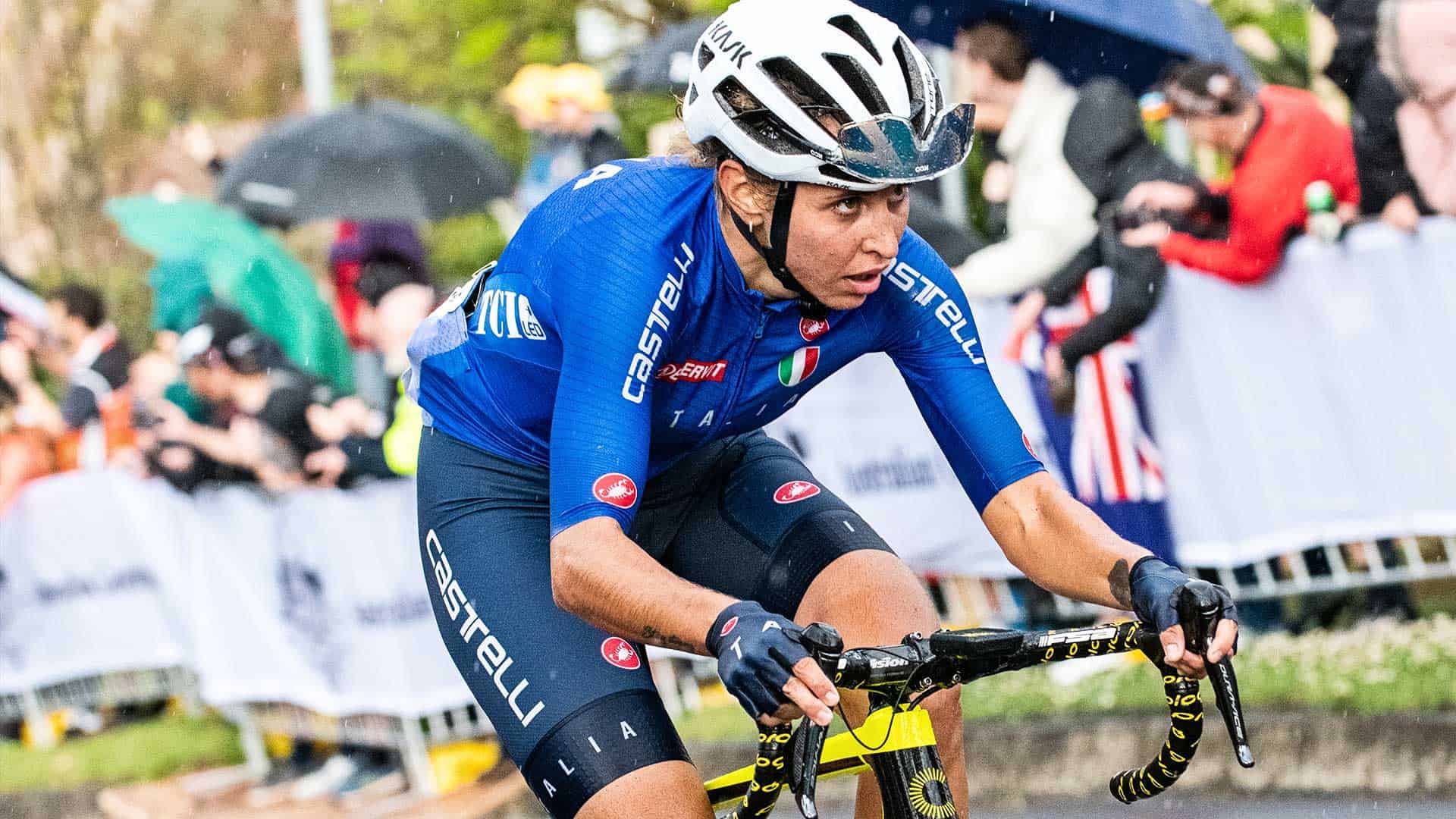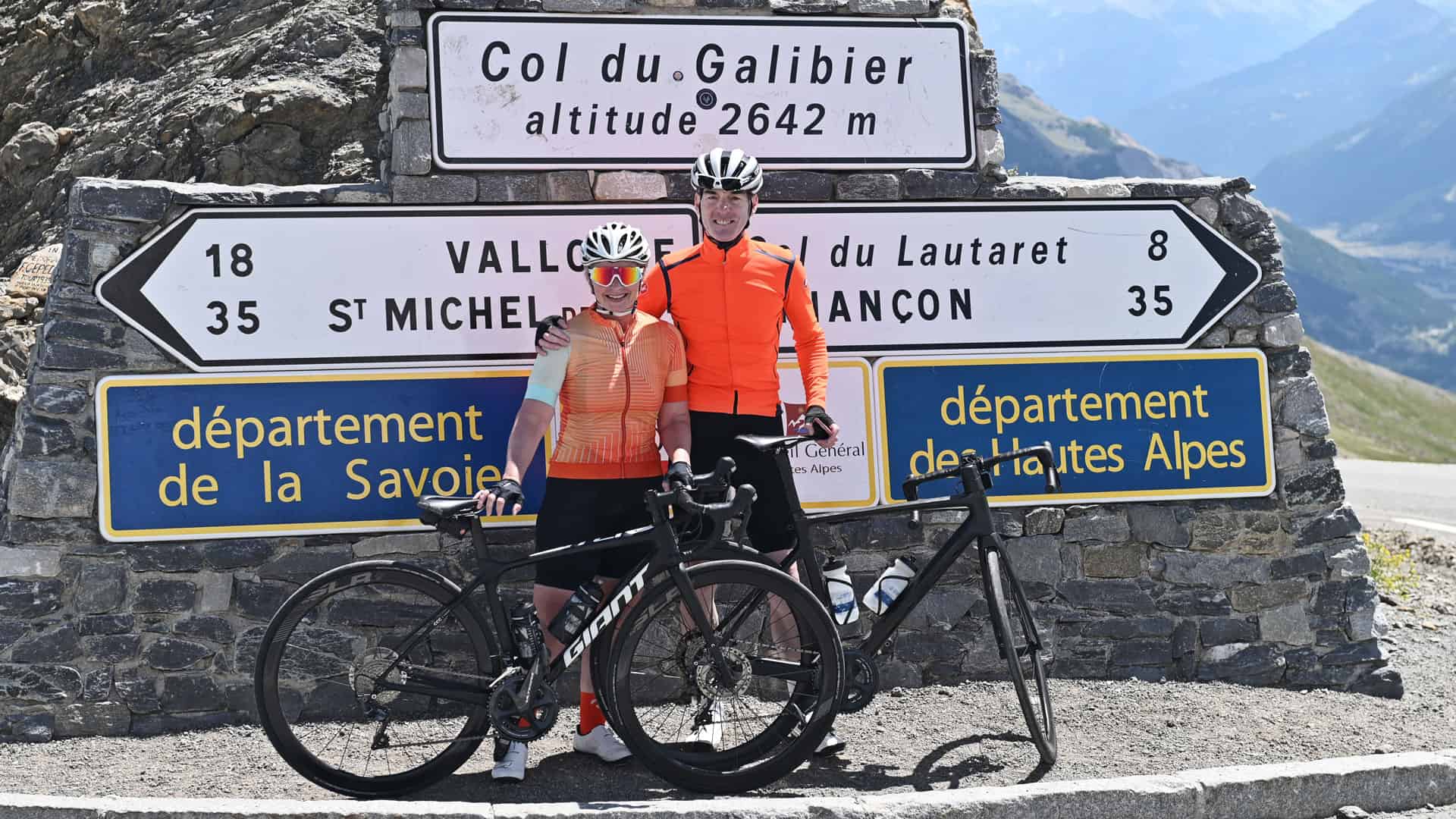If you’re a cyclist, you know there’s nothing quite like the thrill of the open road. But if you’re struggling to keep up with your cycling buddies or get dropped on group rides or in races, you may wonder what you need to do to improve your cycling fitness. The truth is, there are three key aspects of cycling fitness that every cyclist needs to have in order to reach their full potential on the bike. And it’s these three aspects that work together to create a well-rounded cyclist who can handle any challenge the road throws their way. In this article, we’ll explore each of these three aspects in detail, giving you the tools you need to take your cycling fitness to the next level and stop getting dropped for good.
Aspect 1: Endurance – Building the Foundation to Finish Your Events Strong and Without Fatigue
Endurance is the foundation of cycling fitness. Without it, you won’t be able to go the distance, and you’ll find yourself struggling to keep up with your group on long rides. Endurance is all about building your cardiovascular fitness, which means training your heart and lungs to deliver oxygen to your muscles more efficiently. This allows you to ride longer and harder without getting fatigued.
To improve your endurance, you’ll need to focus on long, steady rides at a low to moderate intensity. Start by aiming for rides at least 1-2 hours long, and try to maintain a steady and sustainable, but not hard pace [E1 Zone]. You should be able to carry on a conversation. As you get fitter, start building on the time you spend on the bike. We usually get our clients to focus on these rides during the weekend when they have more time to train. Also, if you are training for events that are hilly, work on including hills in these rides. Monitor the vertical meters you are climbing in each ride so you can focus on increasing the amount of climbing you do over time.
In addition to long rides, interval training can be an effective way to improve your endurance. This involves alternating between periods of medium-intensity efforts [E3 Zone] and periods of recovery at higher cadences. For example, you might do a series of five-minute efforts and two minutes of recovery with a five-minute warm-up at the start, and a five-minute cool-down at the end.
I like to split the interval training sessions I provide to my clients into three key performance areas: aerobic base building, strength building and speed building. I’ve carefully designed and selected them for each of our training programs to help you work on your strengths and address any weaknesses. I have developed them to specifically address real-life cycling scenarios like holding seated power on longer climbs, developing short, punchy power while standing on shorter climbs, or managing the demands of repeated bunch surges or rolling powerful turns.
Here are some examples of our base building sessions:
Example of an aerobic base building indoor training session – 003 – Fruit Bowl ergo session

One of the preferred indoor training workouts is a Time Trial routine that is designed to boost strength and enhance the average speed on extended rides. It is suitable for both amateur and competitive cyclists who want to have an effective training session within an hour. The workout contributes to various areas of cycling, such as developing aerobic capacity, enhancing plasma volume, increasing mitochondrial enzymes, raising V02MAX, and transforming type IIb muscle fibres into type IIa. This workout is a productive and time-saving approach to training.
Ultimately, the key to building endurance is consistency. You’ll need to gradually increase your rides’ duration, intensity and vertical meters climbed over time to see real improvements. But with patience and dedication, you’ll be able to build the foundation you need to finish your events strong and without fatigue.
Aspect 2: Strength – Power Up the Hills and Ride Strong on the Front of Bunches All Day
While endurance is important, it’s not enough on its own. To be a truly well-rounded cyclist, you’ll also need to develop your muscular strength and power. This will allow you to tackle hills more easily, ride strong on the front of bunches, and maintain a higher overall pace.
Strength training is done on the bike and off the bike.
Off-the-bike strength training for cycling should focus on the major and minor muscle groups used in cycling, predominantly your legs and core. Exercises like one legged squats and lunges can be particularly effective for building leg strength and help strengthen your core.
An example of off-the-bike strength training for cyclists

The core strength and conditioning workouts that form the basis of our training programs are both effective and easy to follow and eliminate the confusion surrounding off-the-bike strength training. They require no expensive equipment, gym membership, or personal trainer and can be done at home. With just 15 minutes of exercise three times a week, you can achieve a stronger core for cycling.
In addition to strength training, it’s also important to incorporate on the bike medium-intensity intervals into your training to build power. This might include hill repeats, time trial efforts and extended turns on the front of bunches, all at a medium intensity [E3 Zone] and at lower cadences out on the road or specific intervals training session like 010 – Hill Climber Cadence Steps, 082 – Hill Climber Seated and Standing with Arm Swaps and 083 Hill Climber 2 x 5 and 2 x 10 Seated and Standing. You’ll notice that these are all hill climbing sessions to develop really good power at low cadences. These types of intervals can help you generate more power and speed on the bike, allowing you to push harder and go faster.
An example of a strength building indoor training session – 083 Hill Climber 2 x 5 and 2 x 10 Seated and Standing

The purpose of this training session is to improve hill climbing endurance by training at low pedalling speeds. Additionally, it aims to enhance aerobic capacity and core strength while ensuring proper form is maintained. Towards the end of the session, there is a section dedicated to high-intensity intervals to develop power for shorter climbing segments.
One important thing to keep in mind when training for strength is the importance of good form. If you’re not using good form during your strength training exercises, you’re at risk of injury and may not see the improvements you’re hoping for. Consider working with a cycling coach like ourselves to ensure that you’re using proper form and technique, or you can watch the training videos that we have in our online training centre that you’ll get access to if [you are a member] or [purchase a custom training program] from us.
Aspect 3: Speed – Manage Bunch Surges and Drop More Riders, Even on Climbs
The final aspect of cycling fitness is speed. While endurance and strength are important, speed is what allows you to drop more riders and manage bunch surges. But what exactly do we mean by speed?
In the context of cycling, speed refers to your ability to generate power and maintain a high pace over a sustained period at threshold [VO2MAX Zone], as well as having the ability to repetitively go over threshold momentarily for several minutes. This involves training your aerobic and anaerobic energy systems at threshold and over-thresholds.
To improve your speed, you’ll need to focus on high-intensity intervals that challenge your body to generate more power and maintain a higher pace. Out on the road, this might include intense hill repeats, sprints, rolling turns or time trials. On the home trainer, there are many sessions available to help you with your speed training. But, it’s important to ensure you match the speed sessions you are doing to the specific fitness adaptation you want to invoke. This is because each speed session had its own unique effect on your physiology.
Here are some examples of over-threshold intervals that we have: 001 – Crit LAT Ergo, 005 – Sandown Ergo, 087 – Break Jumpers and Mini Break Jumpers, and for over-threshold hill climbing, we have 091 – 6×5 Over Threshold Hill Climbers.
An example of a speed building indoor training session – 087 – Break Jumpers and Mini Break Jumpers

The session is aimed at enhancing the speed and the tolerance of over threshold efforts. It is perfect for competitive cyclists who want to quickly jump across to or initiate breakaways and perform well during the crucial moments of races. Additionally, it is beneficial for recreational riders who want to develop their capacity to handle sudden bursts of speed in groups, overcome small inclines, and enhance their overall riding speed.
Importance of Balancing these Three Aspects
While each of these three aspects of cycling fitness is important on its own, they work together to create a well-rounded cyclist who can handle any challenge. Without endurance, you won’t be able to go the distance. Without strength, you’ll struggle on hills and in bunches. And without speed, you won’t be able to manage bunch surges, attacks on climbs or drop more riders.
By balancing these three aspects of cycling fitness and incorporating them into your training, you’ll be able to reach your full potential on the bike and stop getting dropped for good.
Training Techniques for Endurance, Strength, and Speed
To improve your cycling fitness, you’ll need to incorporate various training techniques for endurance, strength, and speed. Here are a few examples:
- Endurance: Long, steady rides at an easy to moderate intensity [E1 Zone]; interval training; gradually increasing the duration and intensity of your rides over time.
- Strength: Strength training exercises for the legs and core; medium intensity intervals [E3 Zone] at lower cadences.
- Speed: High-intensity intervals [VO2MAX Zone] that challenge your body to generate more power and maintain a higher pace.
Remember, the key to improving your cycling fitness is consistency. You’ll need to make cycling a regular part of your routine and gradually increase the duration and intensity of your rides over time to see real improvements.
How To Incorporate These Aspects into Your Cycling
Incorporating these three aspects of cycling fitness into your training doesn’t have to be complicated. Here are a few tips:
- Start with endurance: If you’re new to cycling or returning after a break, focus on building your endurance first. Start with shorter, easier rides and gradually increase the duration and intensity of your rides over time.
- Add in strength training: Once you’ve built a foundation of endurance, start incorporating strength training into your routine. Aim for two strength training sessions per week, focusing on the major muscle groups used in cycling.
- Focus on speed: Once you’ve built a foundation of endurance and strength, start incorporating high-intensity intervals into your training to improve your speed. Aim for 1-2 speed-focused workouts per week, targeting the specific fitness adaption that you want to have happen.
Remember, it’s important to balance these three aspects of cycling fitness and not neglect any one area. By incorporating endurance, strength, and speed into your training, you’ll be able to reach your full potential on the bike.
All our training programs have this all built into them, and with our custom training programs, we take it a step further and specifically optimise and customise training sessions with the correct intensity and training load required to help you fast track your performance improvements.
Common Mistakes Cyclist make with Their Fitness Training
When it comes to cycling fitness training, there are a few common mistakes that cyclists make. Here are a few to watch out for:
- Neglecting strength training: Many cyclists focus solely on endurance and neglect strength training, leading to a weakness on hills.
- Skipping recovery days: Recovery is an integral part of training, as it allows your body to repair and rebuild after hard efforts. Skipping recovery days can lead to burnout and injury.
- Relying too heavily on one aspect: While endurance, strength, and speed are all critical, it’s essential to balance these three aspects and not neglect any one area.
Don’t Forget Recovery and Rest to Help to Build Your Cycling Fitness
Finally, it’s important to remember the importance of recovery and rest when it comes to building your cycling fitness. Without adequate recovery and rest, your body won’t be able to repair and rebuild after hard efforts, and you’ll be at risk of burnout and injury. Remember that the training load stimulates your body to adapt and get fitter, but it’s in the recovery where the adaption actually happens.
Make sure to incorporate rest days into your training schedule and prioritise recovery activities like stretching, foam rolling and massage. You may also want to consider incorporating other recovery modalities like ice baths or compression garments.
Remember, recovery is just as important as training itself when building your cycling fitness. Don’t neglect this critical aspect of your training.
Conclusion
Improving your cycling fitness is a journey, but by focusing on the three key aspects of endurance, strength, and speed, you’ll be well on your way to reaching your full potential on the bike. Remember to balance these three aspects, incorporate various training techniques, and prioritise recovery and rest. With patience and dedication, you’ll be able to stop getting dropped and ride stronger and faster than ever before.
Where To From Here
If you want a customised training program created exclusively for you to help you build, taper and peak for your events and fit around your family and work commitments, check out our custom training program service here.
Check out the results we have been getting for our clients here.
If you need help, click here to contact me or use this link to book a call with me.
Other articles that may be useful
Aerobic Base Training for Cyclists: The Benefits and Strategies of Base Training
Indoor Cycling Workouts – Choosing the Right Workout To Maximize Your Performance
How to Adjust Your Bicycle Seat Height
How to Optimize Your Cycling Performance – A Guide for Avid Riders






Leave A Comment